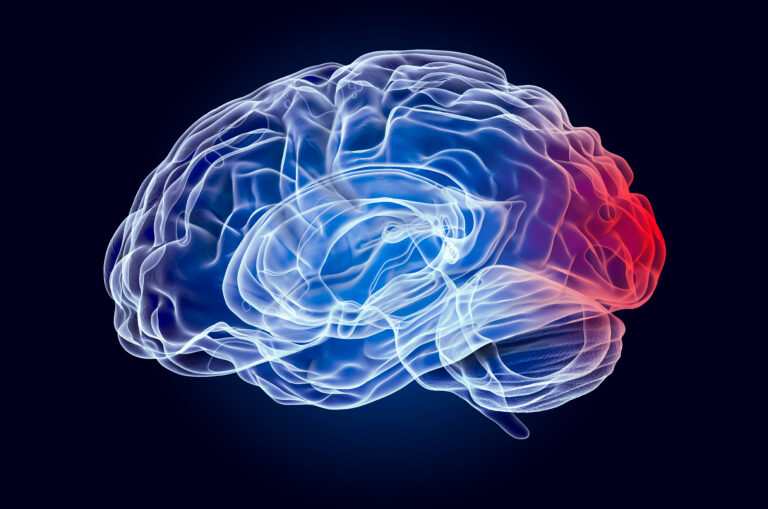Relieving a **sinus headache** primarily involves reducing inflammation and improving sinus drainage, as sinus headaches are caused by pressure buildup in inflamed or congested sinus cavities. These cavities are air-filled spaces located around the forehead, cheeks, and behind the nose. When blocked due to sinus infections (sinusitis), allergies, or colds, mucus and air cannot drain properly, leading to increased pressure and the characteristic deep, aching facial pain[1].
### Understanding Sinus Headaches
Sinus headaches differ from migraines, although their symptoms can overlap. Sinus headaches are localized to the areas around the sinuses and are directly linked to sinus inflammation and congestion. Migraines, by contrast, are neurological and involve complex brain activity changes, often accompanied by nausea, light sensitivity, and other systemic symptoms[1].
### Practical Steps to Relieve Sinus Headaches
1. **Nasal Irrigation and Saline Rinses**
Using saline nasal sprays or performing nasal irrigation (e.g., with a neti pot) helps flush out irritants, allergens, and excess mucus, thinning the mucus to promote drainage. Studies indicate that saline rinses can effectively reduce sinus inflammation and improve symptoms when used properly[3].
2. **Warm Compresses and Facial Massage**
Applying a warm compress over the affected sinus areas (forehead, cheeks) can help loosen mucus and relieve pressure. Gentle facial massage using circular motions around the sinuses encourages drainage and reduces congestion. This method is supported by clinical observations that massage can alleviate sinus pressure and discomfort[2].
3. **Hydration**
Drinking plenty of fluids thins mucus secretions, facilitating sinus drainage and reducing pressure. Staying well-hydrated is a simple but essential step in managing sinus headaches.
4. **Over-the-Counter Medications**
– **Decongestants** (oral or nasal sprays) reduce swelling in the nasal passages, improving airflow and drainage.
– **Intranasal corticosteroids** help reduce inflammation in the sinus linings.
– **Pain relievers** such as acetaminophen or ibuprofen can alleviate headache pain.
A recent survey study found that nearly half of patients with sinus-related facial pain reported relief from intranasal steroids and decongestants, with many also benefiting from pain relievers[4].
It is important to use nasal decongestant sprays for no more than 3 consecutive days to avoid rebound congestion.
5. **Avoiding Triggers**
Allergens, irritants, and sudden weather changes (especially barometric pressure shifts) can worsen sinus inflammation. People prone to sinus headaches should minimize exposure to allergens and consider using air purifiers or humidifiers to maintain optimal indoor air quality[2].
6. **Rest and Elevation**
Resting with the head elevated can help sinus drainage by preventing mucus buildup. Avoid lying flat for extended periods during a sinus headache episode.
### When to Seek Medical Care
If sinus headache symptoms persist beyond 10 days, worsen, or are accompanied by high fever, swelling around the eyes, or vision changes, it is important to consult a healthcare professional. Chronic or severe sinusitis may require prescription medications or specialized treatments.
### Advanced and Emerging Treatments
– **Kinetic Oscillation Stimulation (KOS):** This is a newer, non-invasive treatment involving nasal stimulation to reduce sinus inflammation and pain. Clinical investigations have shown promise in treating acute migraine attacks, which sometimes mimic sinus headaches, suggesting potential benefits for sinus-related pain as well[5].
– **ENT Specialist Evaluation:** For recurrent or complicated sinus headaches, an ear, nose, and throat (ENT) specialist can evaluate for underlying issues such as nasal polyps, structural abnormalities, or chronic sinusitis that may require medical or surgical intervention.
### Differentiating Sinus Headaches from Migraines
Because many people misattribute migraines to sinus headaches, accurate diagnosis is crucial. Sinus headaches are typically accompanied by nasal congestion, facial tenderness, and fever, whereas migraines often involve throbbing pain, nausea, and sensitivity to light or sound without significant nasal symptoms[1]. Proper diagnosis ensures appropriate treatment and relief.
—
**Sources:**
[1] Baylor Scott & White Health, “Sinus headache vs. migraine: A quick guide to tell the difference”
[2] Sleep & Sinus Centers of Georgia, “Barometric Pressure Headaches and Sinus Relief: Causes & Treatment”
[3] Sleep & Sinus Centers of Georgia, “Sinus Pressure Points: Do They Really Relieve Sinus Pain?”
[4] PubMed, “Over-the-Counter Medications for Sinus Headache – A Cross-Sectional Survey Study,” 2025
[5] Sage Journals, “Efficacy and safety of kinetic oscillation stimulation in the nasal treatment of acute migraine attacks”




